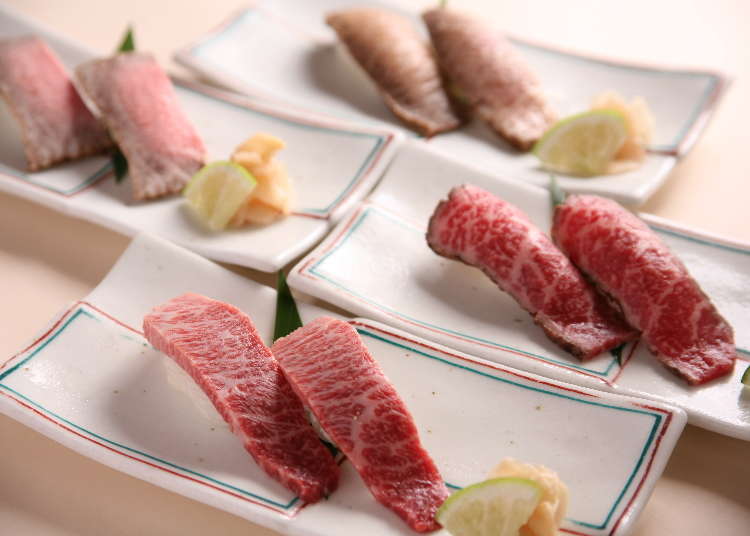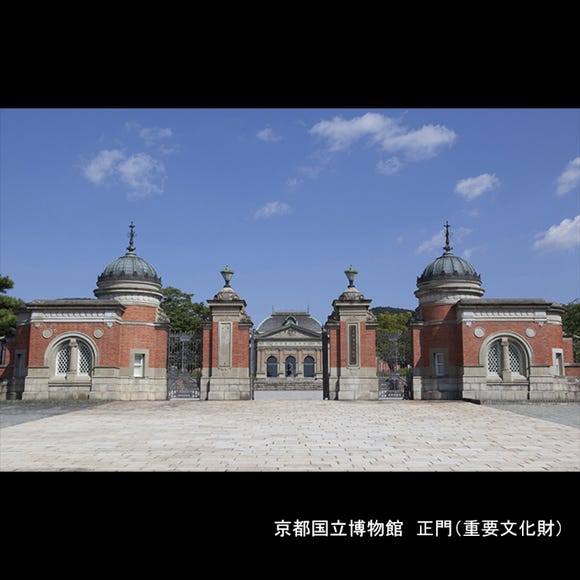
Dining in Shiga: 7 Local Foods & Restaurants You Can't Miss
- Written by: WESTPLAN
Dining in Shiga is shaped by its natural beauty and deep history, offering everything from Lake Biwa’s fresh ayu and trout to the famed Omi Beef. This guide highlights must-try local dishes, restaurant meals, and even supermarket finds you won’t want to miss.
Shiga Prefecture’s Culinary Riches
1. Omi Beef

Topping the list is Omi Beef, Shiga Prefecture’s prized wagyu, renowned for its exceptional fat marbling and rich, savory flavor. Its melt-in-your-mouth texture captivates food lovers across Japan. Restaurants showcase Omi Beef in diverse styles, from succulent steaks and delicate sushi to hearty sukiyaki hot pots.
2. Ayu Sweetfish

Ayu sweetfish from Lake Biwa, known as “ko-ayu” for their small size, are a local delicacy. Most ayu released into Japan’s waterways originate here, sold fresh for their culinary versatility. With soft bones, they’re eaten whole in dishes like tsukudani (soy sauce-preserved), tempura, or nanbanzuke (deep-fried with sliced vegetables in spicy vinegar sauce). Their prominence in Shiga’s traditional cuisine has even spurred specialty ko-ayu stores.
3. Funa-zushi

Funa-zushi, considered Japan’s oldest sushi, is a far cry from familiar nigiri. This fermented nare-zushi, made with nigoro-buna (a prized wild goldfish) pickled in salt and rice, boasts a bold, distinctive flavor. A Shiga specialty, it’s savored on special occasions like New Year’s. Its pungent taste and aroma have earned it the nickname “Japan’s blue cheese”.
4. Grilled Mackerel Somen Noodles

Originating in Nagahama City, Shiga Prefecture, this unique dish features fragrantly grilled mackerel simmered in a sweet-and-spicy broth, which then flavors boiled somen noodles. The robust seasoning masks any fishy notes, while the mackerel, cooked long and slow until meltingly tender, elevates the dish. Rare for its soup-less somen, this flavorful specialty is a must-try when visiting the area.
5. Noppei Udon

Noppei udon, a Shiga specialty, features boiled udon noodles topped with a thickened broth, enriched with shiitake mushrooms, wheat gluten cakes, yuba tofu skin, kamaboko fish paste, and Japanese parsley. The viscous broth retains heat, ensuring every bite stays piping hot—a perfect match for the region’s harsh, cold climate. Warm up with this comforting dish during winter’s chill.
6. Salad Roll

The “Salad Roll,” a signature creation from Tsuruya Pan, founded in 1951, is a beloved Shiga specialty. Despite its name, this unique sandwich features a long bun stuffed with takuan (daikon radish pickles) blended with mayonnaise. Its nostalgic, retro packaging, unchanged since the company’s inception, adds to its charm. Grab one at Tsuruya Pan’s main branch in Nagahama City or find it at supermarkets across Shiga Prefecture.
7. Red Konjac Jelly

Red konjac jelly, vividly bright red, is a Shiga specialty tied to the fire festival of Omihachiman City’s shrines. Though its bold color might suggest spiciness, it contains no spicy ingredients. Enjoy it raw as sashimi, simmered in savory broth with soy sauce, or stir-fried. Some shops offer flavored variations, adding to its versatility.
Recommended Restaurants & Dining Experiences
Experience the charms of Shiga in Tokyo at COCOSHIGA!

If you're heading to Tokyo, be sure to stop by COCOSHIGA—a one-stop hub for all things Shiga! Here, you’ll find travel tips, a wide selection of local specialties for sale, and even a restaurant and bar serving unique Shiga cuisine.

On the second floor of COCOSHIGA, the Omi Beef Morishima Kankankan restaurant offers a range of dishes featuring Omi beef. They use only carefully selected cuts from a shop in Omihachiman City in Shiga that handles only wagyu brands like Omi.
Kiko Matsuda, Keiko Kimura, Risa Tsushi, and a team of female writers familiar with Kansai. We love eating, drinking and traveling! We share fun information based on our experiences.
- Area
- Category
*Prices and options mentioned are subject to change.
*Unless stated otherwise, all prices include tax.
Popular Tours & Activitiess
Recommended places for you
-

Kyoto National Museum
History Museums
Kyoto Station, To-ji Temple
-

Kambei Sannomiyahonten
Yakiniku
Kobe, Sannomiya, Kitano
-

ISHIDAYA Hanare
Yakiniku
Kobe, Sannomiya, Kitano
-

Kanzenkoshitsuyakinikutabehodai Gyugyu Paradise Sannomiya
Yakiniku
Kobe, Sannomiya, Kitano
-
Goods

Yoshida Gennojo-Roho Kyoto Buddhist Altars
Gift Shops
Nijo Castle, Kyoto Imperial Palace
-

Jukuseiniku-to Namamottsuarera Nikubaru Italian Nikutaria Sannomiya
Izakaya
Kobe, Sannomiya, Kitano
-

Curious About Sake? I Visited a Sake Brewery in Japan and Here's What I Learned
-

Everything You Need to Know About teamLab Biovortex Kyoto (2025 Insider Guide)
by: Wemmy Chau
-
Ad

Café Bahnhof in Osaka: The home-roasted coffee that captivated G20 leaders!
-

Celebrate a Dreamy Barbapapa Christmas at JR Osaka Station's Twilight
by: Guest Contributor
-

Best Things to Do and See Around Kyoto & Osaka in September: Events and Festivals in Kansai
-
Ad

Recharge and Relax with a Healing Getaway at Kamenoi Hotel Toba
Inspiration for Accommodations
-

Spacious Family Hotel in Namba: 20 Comfortable Stays for Family Fun
-

Charming Hotels to Enjoy the Spectacular Views of Arashiyama's Autumn Leaves from Your Room
-

Experience Stunning Views of Osaka Castle from Private Spaces: Top Hotels Near Osaka Castle
-

Recommended by Visitors! Arashiyama's Best-Rated Hotels
-

Family-Friendly Universal Studios Japan Hotel with Excellent Access
-

Enjoy a Comfortable Stay in Osaka! 10 Hotels with Convenient Airport Shuttle Services
-

Top 10 Recommended Hotels Near Namba Station with Great Access
-

Enjoy Night Views from Your Room! Recommended Hotels in Namba Area
-

How to Make Chicken Cheese Katsu - Japan's Crispy Fried Chicken With Gooey Molten Cheese Center
-

Michelin Star Restaurants & More: 3 Best Okonomiyaki Shops in Dotonbori Osaka
-

Ginger Pork (Shogayaki) Recipe: A Quick & Easy Japanese Classic
-

Tokyo Train Map: Your Essential Guide to Subways and Railways
-

10 Important Japanese Phrases to Know Before You Enter a Japanese Convenience Store!
by: Teni Wada
-

Dining in Kyoto: Best Restaurants for Kaiseki, Sushi, Cafes & More
- #best gourmet Osaka
- #things to do Osaka
- #what to do in kyoto
- #what to bring to japan
- #best gourmet Kyoto
- #new years in Osaka
- #what to buy in nanba
- #Visiting Osaka
- #onsen tattoo friendly arima
- #daiso
- #Visiting Kyoto
- #best japanese soft drinks
- #japanese fashion culture
- #japanese convenience store snacks
- #japanese nail trends



















